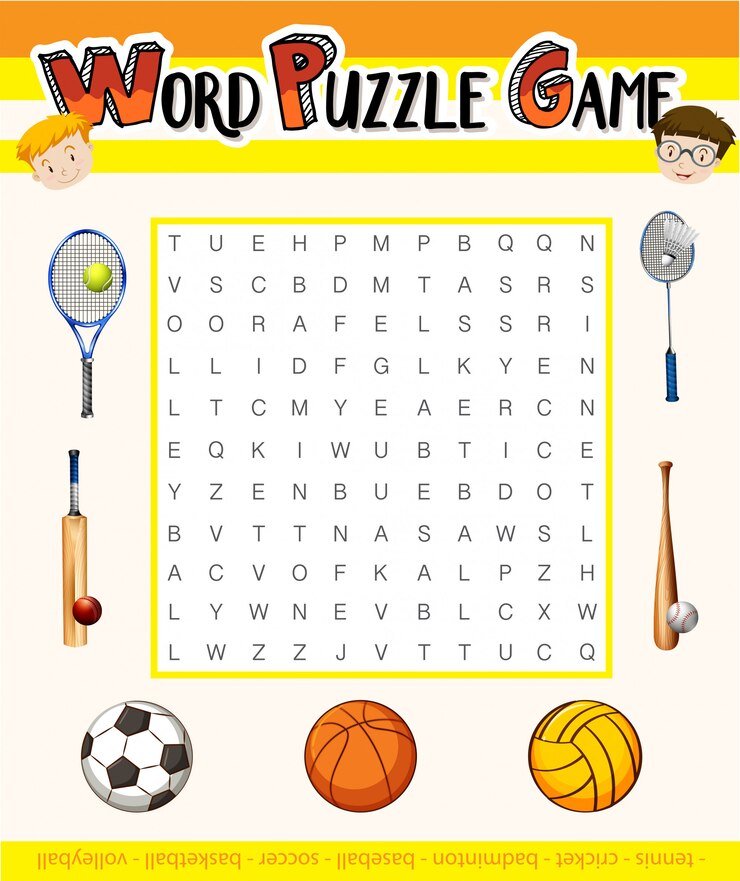Mastering Wordle Magic with the Best Hint for Beginners

Introduction to Wordle
Have you caught the Wordle fever yet? This addictive word puzzle game has taken the internet by storm, captivating players of all ages with its simple yet challenging premise. In case you’re new to Wordle, here’s a quick rundown. The game tasks you with guessing a five-letter word within six tries. Each guess reveals which letters are in the correct position, which ones are in the word but in the wrong place, and which letters aren’t in the word at all. Sounds simple, right? Well, not quite. For beginners, cracking the code can be a head-scratcher.
This blog post aims to arm you with the most useful Wordle hint for beginners, along with practical guessing strategies and tips to make your Wordle experience more enjoyable. Stick around, and we’ll turn you into a Wordle wizard in no time!
The Most Useful Hint for Solving Wordle Puzzles
Ready for the ultimate Wordle hint? Here it is—start with words that use common letters. These include vowels like ‘A,’ ‘E,’ ‘I,’ ‘O,’ and ‘U,’ as well as frequently used consonants such as ‘R,’ ‘T,’ ‘N,’ and ‘S.’ Using words with these letters maximizes your chances of hitting the jackpot on your first few tries.
For example, starting with a word like “ARISE” can give you immediate feedback on multiple commonly used letters. If you hit on a few of these, you’ll have a strong foundation to build upon. Then you can narrow down your guesses based on what you’ve learned.
Think of this as setting the stage for a successful performance. Just like a magician needs a good setup for their tricks, you need a solid starting word to pave the way for your puzzle-solving magic.
Strategies for Guessing the First Word
The first word you guess in Wordle is crucial. It sets the tone for the rest of the game. Picking a word with a mix of common vowels and consonants increases your chances of narrowing down the possibilities quickly. Words like “CRANE,” “SLATE,” and “CRISP” are popular choices among seasoned players.
Not only do these words contain a balance of vowels and consonants, but they also feature frequent letters, giving you a head start. Another tactic is to avoid repeating letters in your initial guess. Using a word with all unique letters, like “CRANE,” ensures you gather as much information as possible.
Remember, the goal of your first guess isn’t necessarily to find the correct word right away. Instead, it’s to gather valuable clues that guide your subsequent guesses.
Tactics for Narrowing Down the Second Letter
Once you have some feedback from your initial guess, the next step is to focus on the second letter. If your first guess revealed the presence of ‘A,’ for example, consider words where ‘A’ could reasonably be the second letter, such as “PLANE” or “GRAPE.”
Turn your attention to the positioning of known letters. If you received a yellow square for a letter, try placing it in different positions in your next guess. This trial-and-error method will help you zero in on the proper placement.
Remember, it’s about eliminating possibilities. The faster you can pinpoint the correct second letter, the easier it becomes to solve the rest of the puzzle.

Tips for Efficiently Eliminating Incorrect Letters
Efficiency is key to mastering Wordle. Knowing how to eliminate incorrect letters can save you precious guesses. Use your initial guess to rule out letters that aren’t in the word. For example, if ‘B,’ ‘M,’ and ‘Z’ aren’t in your first guess, avoid them in your next few tries.
Another tip is to leverage the process of elimination. If you know a letter is correct but misplaced, reposition it in your subsequent guesses. Keep track of which letters you’ve ruled out to avoid wasting guesses on them.
The fewer variables you have to consider, the more focused your subsequent guesses will be. It’s like painting a picture—each stroke (or guess) gets you closer to the masterpiece.
The Importance of Learning Word Patterns
Understanding common word patterns can significantly boost your Wordle skills. Many English words follow certain structures, such as consonant-vowel-consonant (CVC) or vowel-consonant-vowel (VCV). Familiarize yourself with these patterns to make educated guesses.
Look for familiar suffixes and prefixes. Words ending in ‘ING,’ ‘ED,’ or ‘ER’ are common and can help narrow down your choices. Being aware of these patterns gives you an edge in eliminating improbable combinations.
Finally, pay attention to how letters often pair together. For instance, ‘Q’ is almost always followed by ‘U.’ This kind of pattern recognition can be a game-changer in your Wordle strategy.
Conclusion
Congratulations, you’ve now got a solid foundation for conquering Wordle puzzles! By starting with a balanced first word, strategically narrowing down the second letter, efficiently eliminating incorrect letters, and understanding common word patterns, you’ll be well on your way to becoming a Wordle pro.
Remember, practice makes perfect. The more you play, the better you’ll get at spotting patterns and making educated guesses. And if you’re looking to sharpen your skills even further, why not join a community of Wordle enthusiasts? Engaging with others can provide fresh perspectives and new strategies to enhance your gameplay.
Now, it’s time to put these tips into practice. Open up Wordle, apply what you’ve learned, and watch your puzzle-solving skills soar. Happy guessing!



